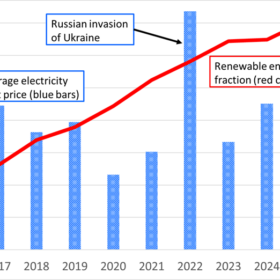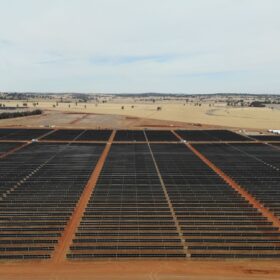This development sets a new benchmark for terrain adaptability in utility-scale photovoltaic projects. By allowing greater slope variation between piles, PVH enables installations on more complex or irregular terrains, where extensive grading was previously required or project viability was compromised.
As land availability becomes increasingly limited and developers seek more efficient, sustainable construction methods, this enhancement directly addresses the industry’s demand for highly adaptable tracker technologies that reduce civil works and accelerate deployment timelines. The ability to follow natural topography while maintaining structural reliability and energy yield is becoming a key factor in the technical and financial viability of many solar developments.
“This milestone reinforces our commitment to pushing the limits of engineering for utility-scale solar,” said Eduardo Chillaron, Global Technical Manager of PVH. “By increasing the slope tolerance, we offer our clients greater design flexibility and the ability to build in locations previously considered too challenging or costly.”
The ability to accommodate up to 2° of post-to-post variation brings immediate benefits in both engineering and environmental terms. Earthworks during site preparation can be reduced by up to 90%, preserving the natural topography and minimising disruption to the soil. This is particularly relevant in agrivoltaic projects, where maintaining the integrity of the land is essential for future agricultural use and biodiversity recovery.
Beyond environmental gains, the increased tolerance significantly improves installation efficiency. The design allows for shorter piles—up to 0.7 metres less in length—and shallower ramming depths, while also simplifying logistics and alignment procedures on-site. Together, these improvements lead to over 40% faster installation timelines, reducing both material costs and labor requirements.
This upgraded feature is now fully integrated into PVH’s latest generation of tracking systems and is already being implemented across multiple global projects in development.






By submitting this form you agree to pv magazine using your data for the purposes of publishing your comment.
Your personal data will only be disclosed or otherwise transmitted to third parties for the purposes of spam filtering or if this is necessary for technical maintenance of the website. Any other transfer to third parties will not take place unless this is justified on the basis of applicable data protection regulations or if pv magazine is legally obliged to do so.
You may revoke this consent at any time with effect for the future, in which case your personal data will be deleted immediately. Otherwise, your data will be deleted if pv magazine has processed your request or the purpose of data storage is fulfilled.
Further information on data privacy can be found in our Data Protection Policy.